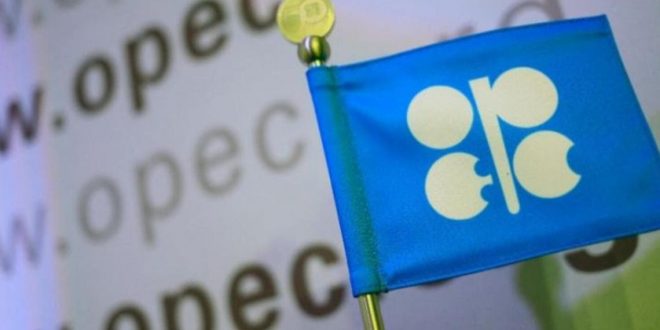The postponement of the OPEC+ meeting will not jeopardize the group’s efforts until April 2022, but oil supplies are already squeezed in an already tight market. The agreement is still valid until then, even if the 18th OPEC+ meeting hasn’t yet reach a deal on output increases, as the UAE requested a revision of its oil production baseline. However, the need to extend the agreement beyond April is immense.
The alliance didn’t proceed with the proposal for a gradual increase of 400,000 barrels per day (bpd) between August and the end of the year to address the upcoming supply shortage. This has put the extension of the agreement until the end of 2022, instead of April, on hold as the UAE has sought to change its oil production baseline to 3.8 million bpd instead of the unanimously agreed 3.2 million bpd. Within OPEC and OPEC+ producers, countries meet and discuss their proposals, agree and disagree within meeting rooms and abide by protocols. The disagreement in OPEC, or over the agreement, revolves around economic (not political) matters to balance global oil markets and to secure energy supplies at a sustainable price.
Magnificent efforts made by the group in 14 months, when the coronavirus disease pandemic emerged and caused the largest oil demand shock in history, meant it was successfully contained by OPEC+ and the largest output cuts in history. It would be a shame if the results, spectacular as they are, were not maintained in the coming months.
Saudi Arabia made the biggest sacrifices, and without its leadership, the oil market would not have improved. Without Riyadh’s intervention and its keenness to find solutions, the achievements would have been impossible. The Kingdom gave up a third of its production capacity for the success of the OPEC+ agreement, with other members reaping the benefits.
The UAE’s quest to shift its baseline up to 3.8 million bpd, though, could see those other producers ask for reciprocity. The UAE’s rationale for the demand, it claims, is that it invested heavily in increasing its production capacity. But if any oil producer is undertaking huge investment, none compares to Saudi Arabia, which maintains the largest production maximum spare capacity, which is costly, requiring constant investment.
The UAE’s oil production average was around 3 million bpd between 2017 to 2019, and in 2020 its oil production average was 2.6 million bpd. The UAE reached its oil production peak just once, in April 2020, when it reached 3.8 million bpd.
If a producer can take the level of its oil production in one month as a reference or as a baseline, what is to stop Saudi Arabia, for instance, from adopting its peak oil production, at 12.3 million bpd, as a baseline of its own?

 Iran Energy News Oil, Gas, Petrochemical and Energy Field Specialized Channel
Iran Energy News Oil, Gas, Petrochemical and Energy Field Specialized Channel



